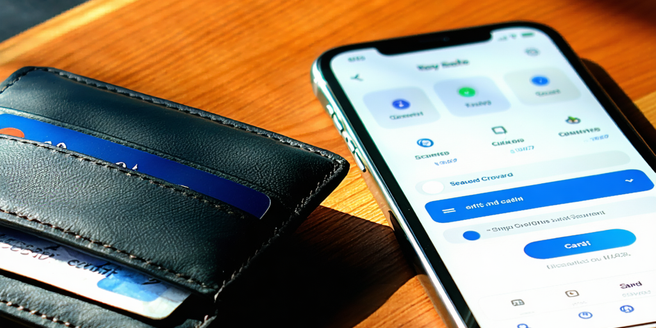
Understanding Secured Credit Cards
Secured credit cards are financial tools that help individuals build their credit history. Unlike traditional cards, they require a cash deposit as collateral, which becomes the credit limit. This setup reduces the risk for issuers, as the deposit covers any unpaid balances. These cards are ideal for people with poor or no credit history, offering a stepping stone to better financial management. Users must make monthly payments on time to strengthen their credit scores. Choosing the right secured card involves considering factors like annual fees, interest rates, and the potential to graduate to a standard credit card after demonstrating responsible usage. Overall, secured credit cards offer a practical solution for rebuilding credit when used wisely.
The Role of Security Deposits in Protection
Security deposits play a crucial role in the realm of secured credit cards. Acting as collateral, these deposits safeguard credit card issuers against defaults. When a cardholder applies for a secured card, they must provide a security deposit equal to their credit line, typically starting from a few hundred dollars. This mechanism protects the issuer by ensuring that, in the event of a default, the security deposit covers the outstanding balance. Beyond protection, security deposits can act as an incentive for cardholders to manage their finances responsibly. Once a good payment history is established, issuers may offer an upgrade to an unsecured card. Consequently, security deposits not only protect issuers but also help cardholders progress towards better credit opportunities.
Advanced Fraud Detection Mechanisms
Secured credit cards come equipped with advanced fraud detection mechanisms to safeguard users against unauthorized transactions. These systems use sophisticated algorithms and machine learning to monitor for suspicious activity. Whenever an anomaly is detected, such as an unexpected purchase pattern or transaction from an unfamiliar location, the system triggers an alert. Cardholders might receive notifications via email or text, prompting them to verify the transaction’s legitimacy. This proactive approach ensures that fraudulent activities are caught early, minimizing potential financial losses. Additionally, many issuers offer zero liability protection, meaning cardholders aren’t held responsible for unauthorized charges if reported promptly. These robust fraud detection frameworks enhance the overall security of secured credit cards, providing peace of mind for users.
Encryption Technologies and Data Safety
In today’s digital age, encryption technologies form the backbone of data safety for secured credit cards. Encryption is the process of converting sensitive information into code, making it unreadable without a decryption key. This ensures that cardholders’ data, such as account numbers and personal information, remains secure during online and electronic transactions. Issuers utilize advanced encryption standards (AES), which are widely recognized for their ability to protect against data breaches. Furthermore, secure sockets layer (SSL) technology is employed to establish encrypted links between web servers and browsers. By implementing these encryption measures, financial institutions guarantee that users’ information is shielded from cyber threats, thus fostering trust in the use of secured credit cards. As a result, encryption remains a critical component of credit card security infrastructure.
Monitoring and Alerts for Suspicious Activity
One of the key security features of secured credit cards is the constant monitoring and alert system for suspicious activities. Financial institutions deploy sophisticated monitoring tools that analyze transaction patterns 24/7 to catch any irregularities. In case of a potential threat, such as an unusual transaction in a foreign country or a high-value purchase that deviates from the norm, these systems immediately alert the cardholder through various communication channels, usually email or SMS. This enables the user to quickly confirm or contest the transaction, providing an essential layer of security. Complementing this, many issuers also offer real-time transaction alerts, giving cardholders unprecedented control over their account activities. Such proactive measures not only deter fraud but also enhance customer confidence in using secured credit cards.
